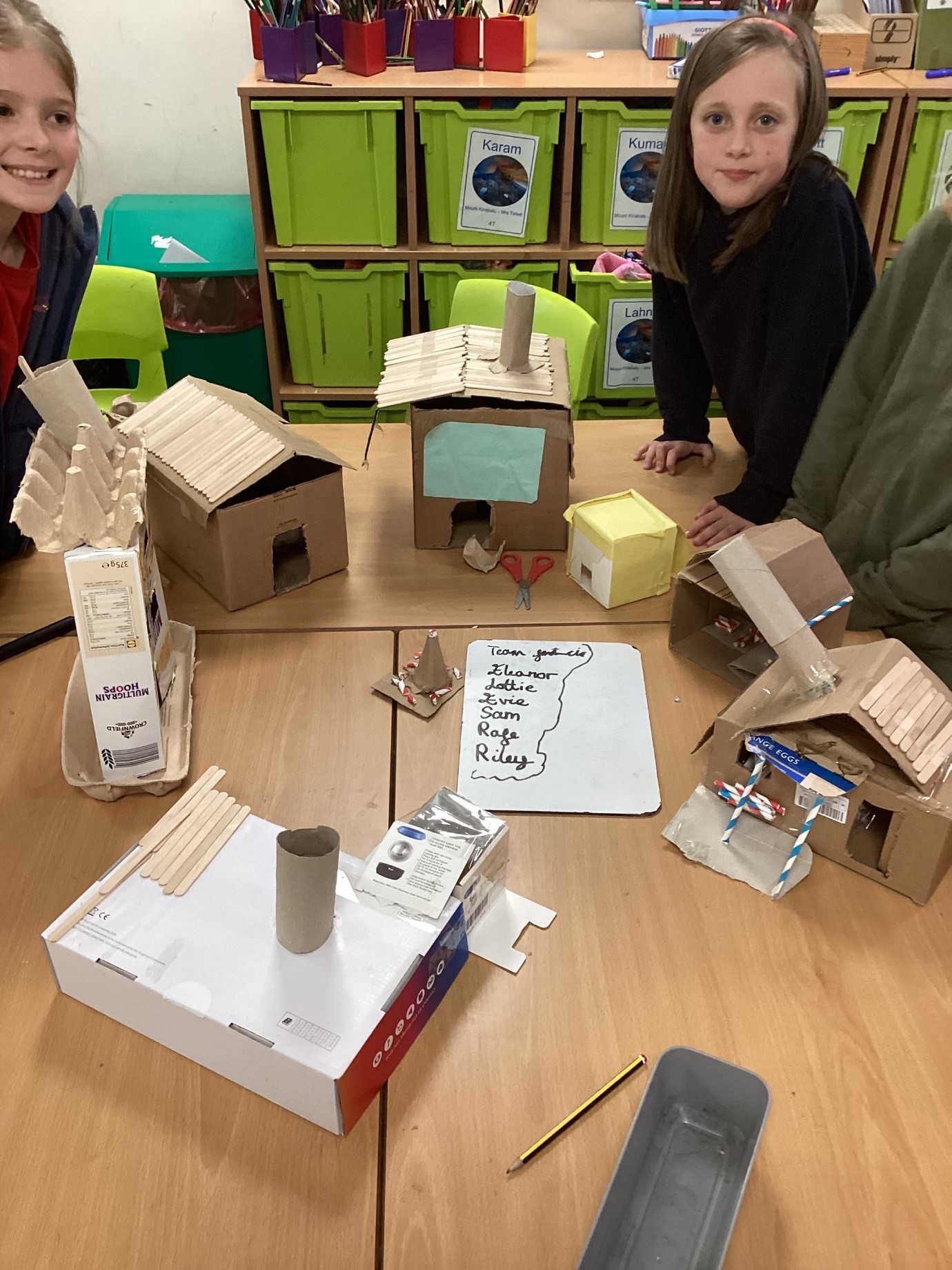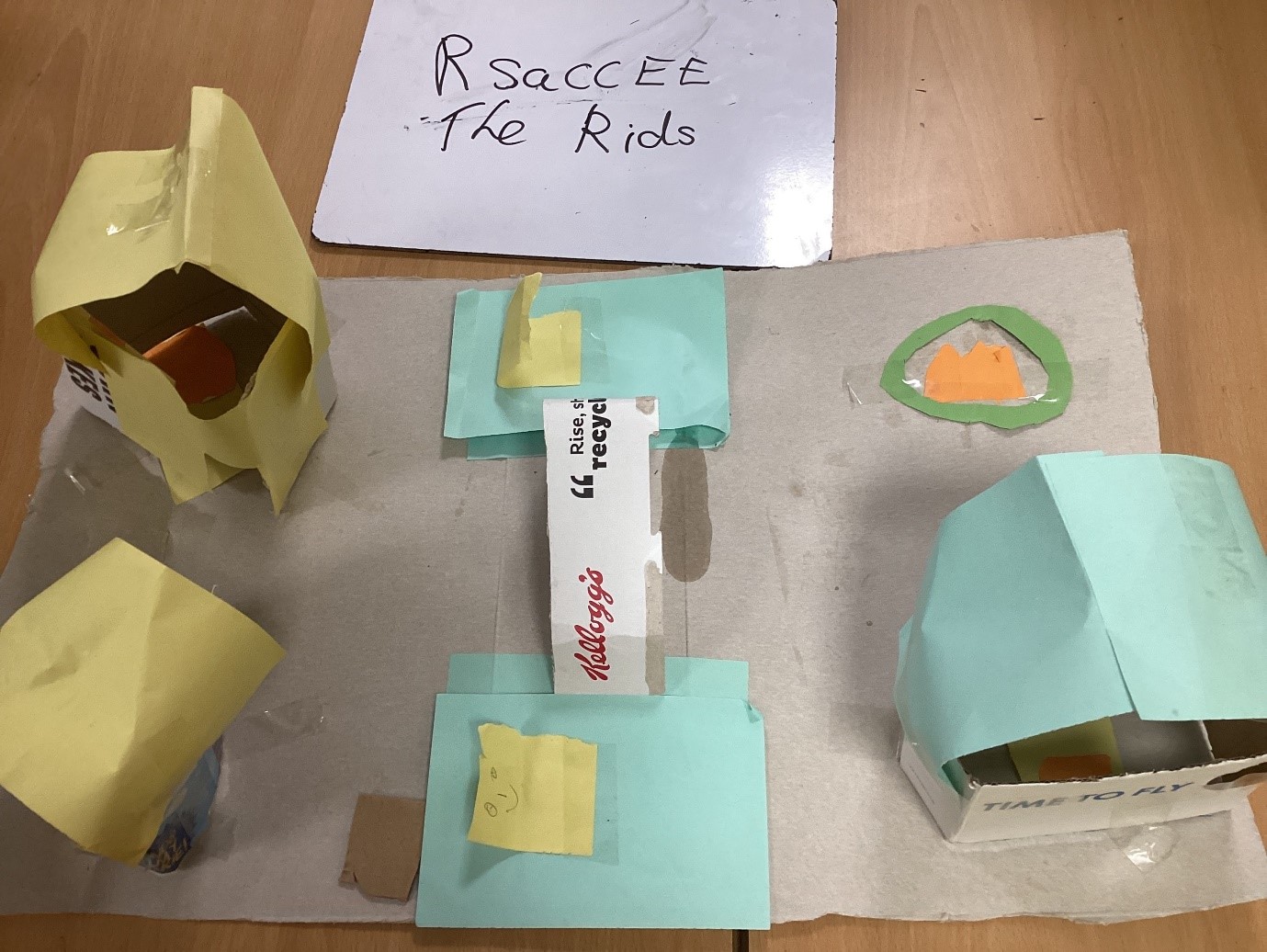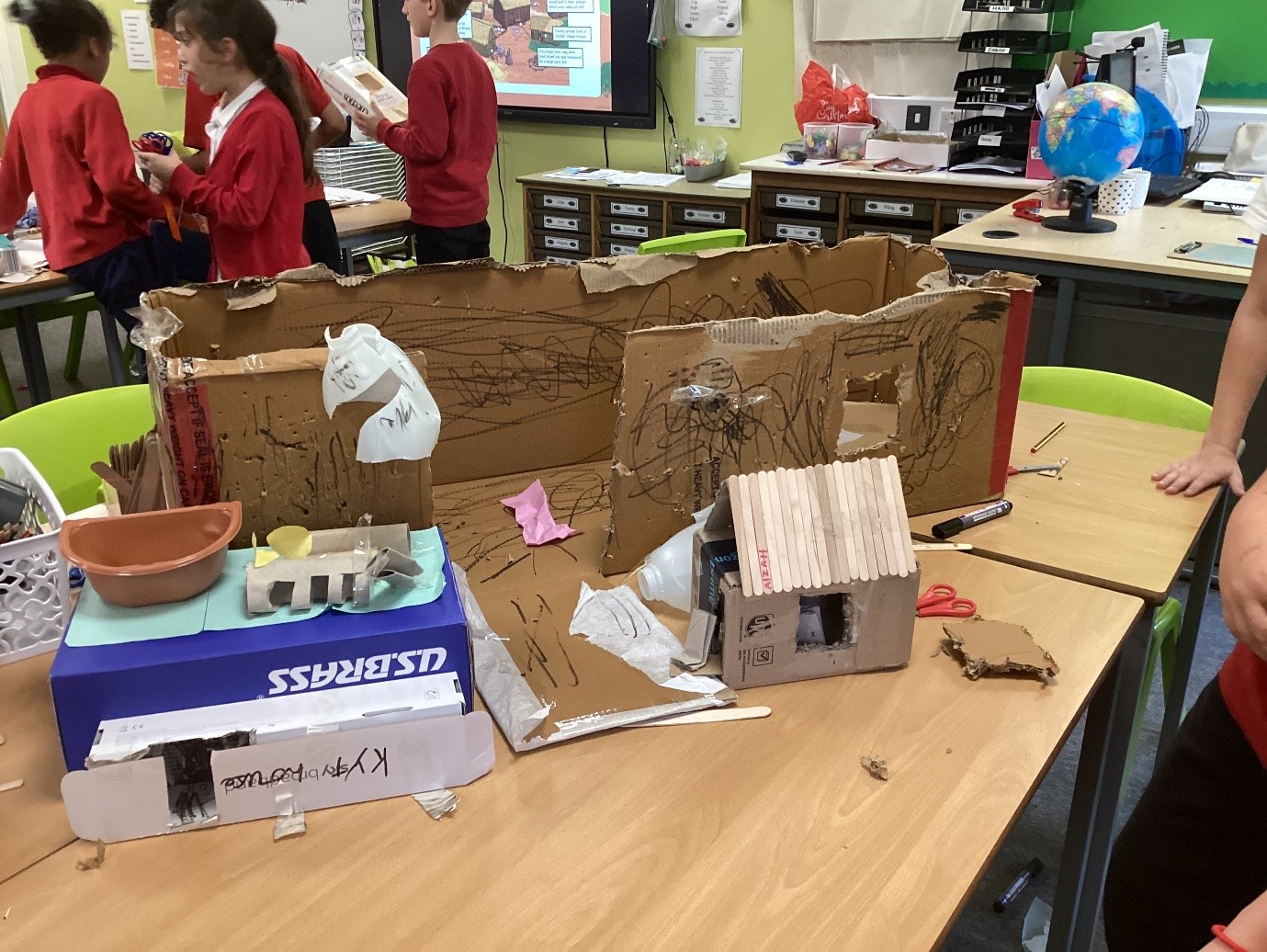ANGLO SAXONS

In year 4, this term, we have been studying the Anglo – Saxons in our history lessons. Throughout the term the children have explored and understand how the Anglo – Saxon’s came to rule over Britain, Anglo Saxon villages and village life, and the culture of the Anglo-Saxons particularly looking at toys, food and religion.

Throughout the term the children have been able to create wanted posters and top trump cards for Anglo – Saxon warriors by listing their special abilities and what kind of fighter / soldier they were. The children have also created job advertisements for jobs like a blacksmith, a dyer, a spinner, a weaver, a potter and a carpenter.
Here’s a little more information on some of the job’s Anglo – Saxons had that the children found out:
A Potter:
- would digs up the clay from a boggy place near the river.
- would make pots, dishes, jars and jugs, big and small.
- would sometimes make them by hand, coiling up a thin clay sausage into a pot; but would also have a simple potter's wheel.
A Blacksmith:
- Iron was not mined in the local area, so they would buy iron bars from local traders. They usually came from Sussex or Gloucestershire.
- They were very skilled craftsman. They would heat up iron in their furnace and hammers, folds and reheats it to make it strong. They would then shape it and plunges it into water to cool it down. (Later Saxons made these techniques even better).
- They would twist pieces of iron together to make strong and beautifully patterned swords.
- They could work with other metals, but they didn’t know much about melting metals in crucibles and pouring them into moulds. There was a goldsmith from a nearby rich lord's estate who makes jewellery like this.
- Metalworkers were seen as very special people. They had their own god to look after them.
A Carpenter:
- Their special skill was using the lathe (equipment for cutting round or cylindrical wood).
- They made posts, planks, rafters and pegs (instead of nails) for buildings.
- they made buckets, handles for tools and weapons, furniture, looms, doors, boxes, chests and carts.
- They also made bowls, cups, plates, spoons; even musical instruments and coffins.
- They would get wood from trees they cut down with their axe in the nearby forest.
- Although they had a saw, they didn’t use it on big pieces of wood because it was very expensive. They would split tree wood using their axe and wooden wedges.
- They had lots of special tools for shaping wood. Like adzes (for rough cutting), chisels (for fine cutting), planes (for shaving) and augers (for making holes).
Once the children had learned all about Anglo – Saxon jobs, they were able to identify the features of an Anglo – Saxon village. The children were asked to bring in some resources for junk modelling so they were able to create their very own Anglo – Saxon village which included, rivers / lakes, farmland, houses, and buildings for all of the key workers that supported village life.
In addition to this, the children have just finished creating their own Anglo – Saxon toys, which they designed in partners, and presented these to their class. Some of the toys included, board games made out of wood, sling – shots and swords (to help prepare the young boys to become soldiers in their training) and spinning tops.


